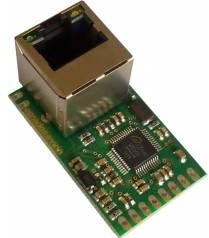
3.1. Design of a Cloud-Based Wireless Sensing Network System for Agriculture. The core of wireless sensor network is sensing data, the wireless sensor network is widely used this year accompanied by a huge amount of sensor data storage and management problems, big data storage and mining need to rely on high-speed processors and large-capacity hard disk, and along with many hardware resources required is the high cost of network construction and continuous resource maintenance and site costs, which means a huge loss of funds. Hardware resources to a certain extent limit the wireless sensor network for the core sensing data mining and their development [16]. The rapid development of cloud computing technology has injected new vitality into sensor networks, which greatly improves the capability of WSNs in data processing and storage, and will bring a qualitative leap to the development of WSNs. The user can view the monitoring data of the designated area in real time on the spot or remotely using various terminals through the software system. At the same time, the user can set the environmental thresholds of various environmental factors required for the growth of a certain crop, and the system will set the threshold range based on the current monitoring data differ-
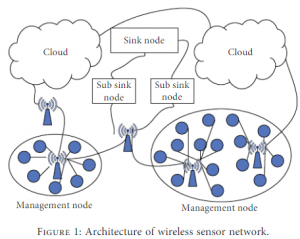
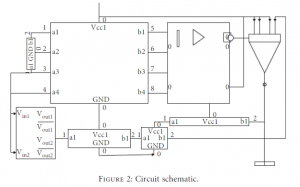
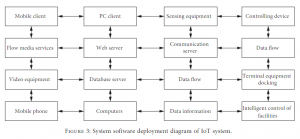


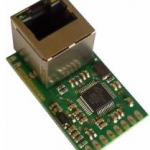
COMMENTS